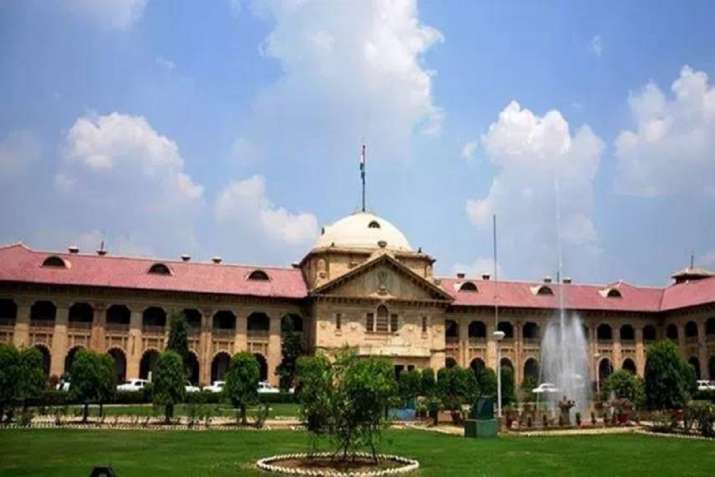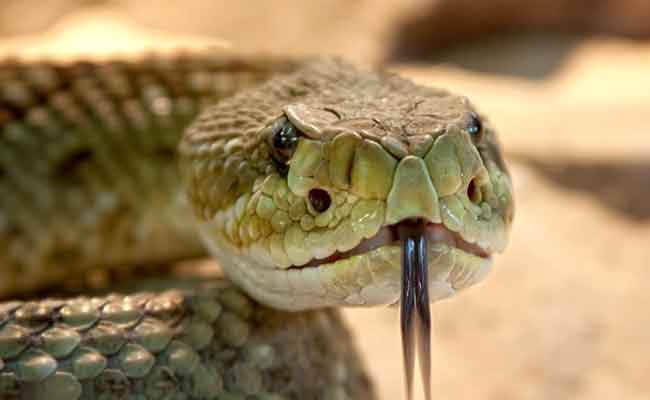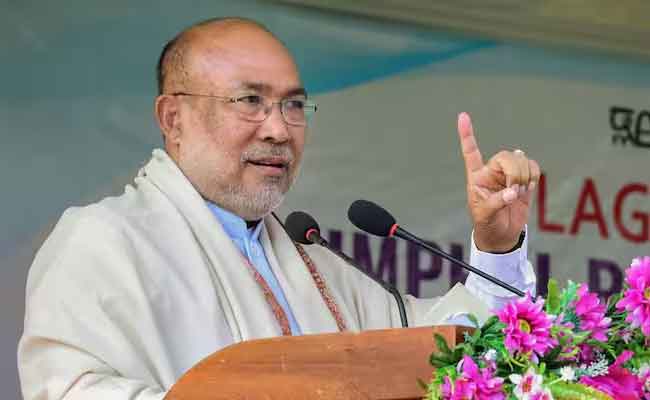Allahabad, Jun 12: Directing the police to provide protection to an interfaith couple, the Allahabad High Court has clarified the woman's conversion to Islam would not be a relevant factor in ensuring that there is no interference in their liberty, unless there is any allegation by her regarding forcible conversion.
The court directed the Moradabad police to give protection to the interfaith couple who alleged that their family members were interfering in their marital life and liberty.
Yashi Devi, aged about 20, and Guchhan Khan, aged about 40, married on January 11, 2021 after she converted to Islam.
The couple, residents of Moradabad district in Uttar Pradesh, requested the high court to issue necessary directions to the respondents not to interfere with their marital life and liberty.
It was claimed that the petitioners were major and had solemnised the marriage out of their own free will. It was also alleged that their family members are interfering in their marital life and liberty.
Justice Salil Kumar Rai, while hearing the matter, referred to the Supreme Court's judgment in the case of Lata Singh vs State of UP and observed that law is settled that it is the right of couple to live peacefully without any interference in case they are major.
The court directed that in case the petitioners face any genuine threat to their life and liberty, or they are harassed, contrary to law laid down by the Apex Court, it shall be open for them to approach the Senior Superintendent of Police (SSP) of the Moradabad district and furnish necessary details in that regard, like proof of their majority, marriage and alleged harassment, etc., and the police officer shall take all steps as may be required in law to ensure that petitioners' life and liberty are not interfered with, keeping in view the directions issued in the Lata Singh case.
"It is also clarified that petitioners, if major, are entitled to live together even if not married and, therefore, proof of their marriage would not be required and shall not be insisted upon by the concerned police officer," the court added.
The court also clarified that the woman's conversion to Islam would not be a relevant factor in the case unless she complains of forcible conversion, the court said.
Let the Truth be known. If you read VB and like VB, please be a VB Supporter and Help us deliver the Truth to one and all.
New Delhi (PTI): Fossils recovered from Kutch in Gujarat may have belonged to the spine of one of the largest snakes to have ever lived, according to new research from the Indian Institute of Technology Roorkee.
From the Panandhro Lignite Mine, researchers discovered 27 "mostly well-preserved" bones forming the snake's spinal column, or vertebra, with some connections still intact. They said the vertebrae appeared to be from a fully-grown animal.
The snake is estimated to be between roughly 11 and 15 metres long, comparable in size only to the extinct Titanoboa, known to be the longest snake to have ever lived, the researchers said. Owing to its size, it may have been a "slow-moving ambush predator," similar to an anaconda, they said. The findings are published in the journal Scientific Reports.
The researchers have named this newly discovered snake species 'Vasuki Indicus' (V. Indicus) after the mythical snake round the neck of the Hindu deity Shiva and in reference to its country of discovery, India. V. Indicus is part of the now extinct madtsoiidae family, known to have lived across a broad geography, including Africa, Europe and India, they added.
The authors said the snake represented a "distinct lineage" originating in India which then spread via southern Europe to Africa during the Eocene, about 56 to 34 million years ago. The first ancestors and close relatives of the modern mammal species are said to have appeared in the Eocene period.
The authors dated the fossils to the Middle Eocene period, roughly 47 million years ago.
The vertebrae, measuring between 38 and 62 millimetres in length, and between 62 and 111 millimetres in width, suggested V. Indicus to possibly have had a broad, cylindrical body, the researchers said.
They extrapolated the measurements of V. Indicus to be between 10.9 and 15.2 metres in length.
Despite uncertainties in estimates, the researchers said the snake was comparable in size to Titanoboa, the fossils of which were first discovered in the 2000s from present day Colombia.





